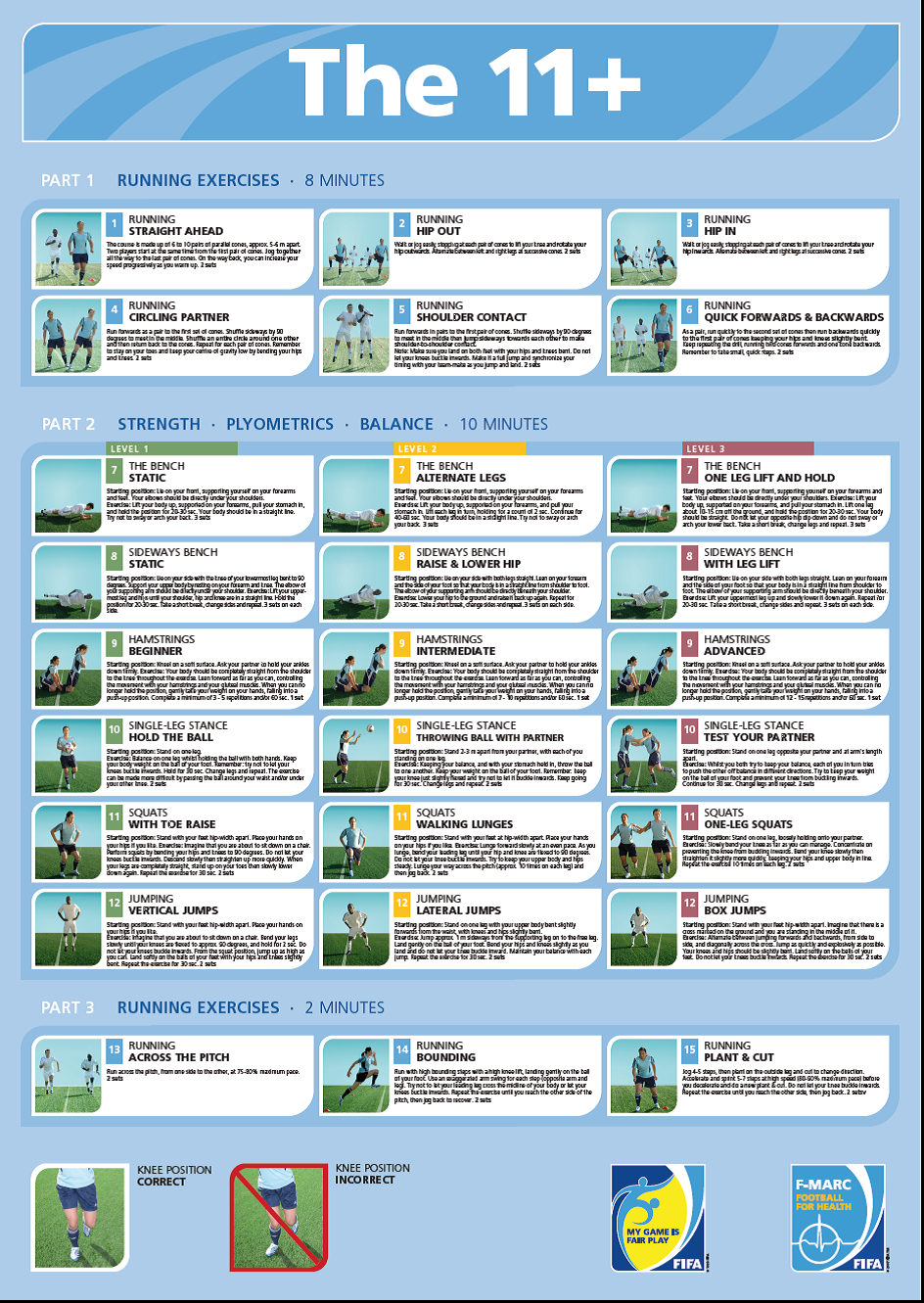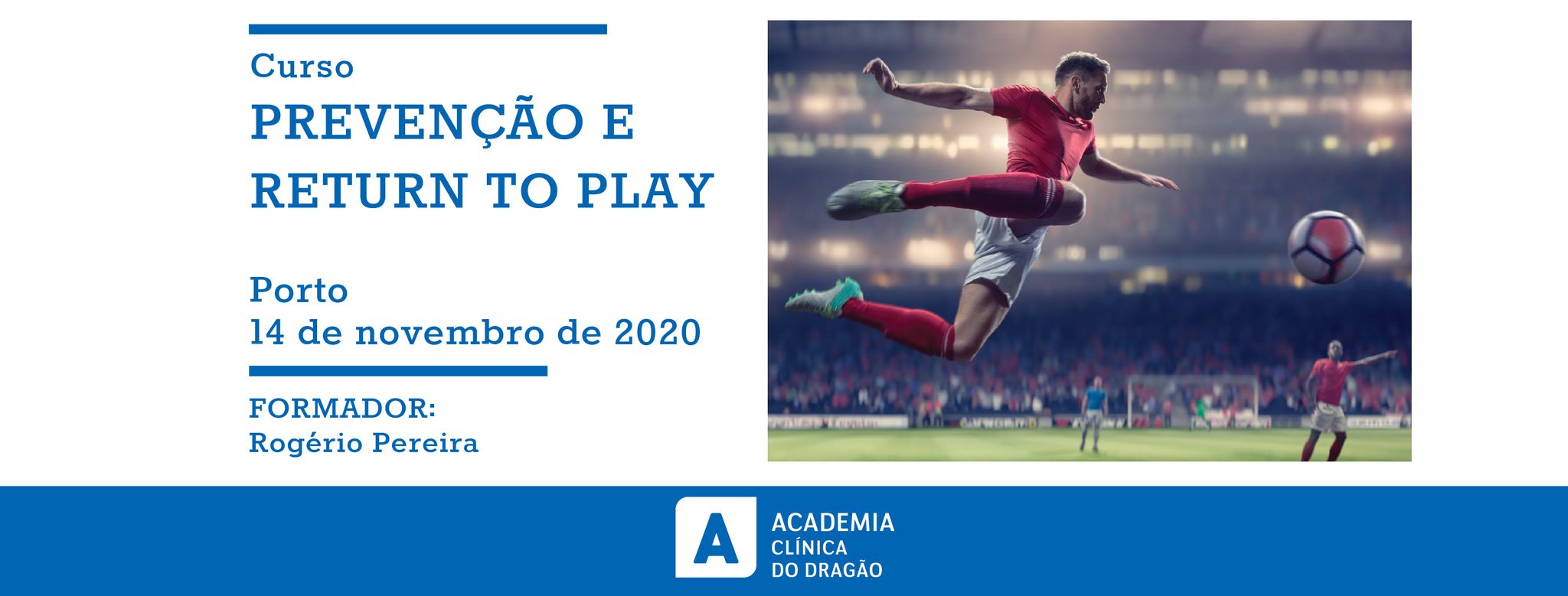The importance of preventing sports injuries. Facts!
Regarding prevention of sports injuries, Drawer and fuller (2002) reported that the risk of chronic and acute injuries in professional football player (epidemiological data from English professional clubs) was unacceptable. It is important to say that it was published in Br J Sports Med and that the assigned risk level was the highest of 4 - negligible, acceptable, tolerable, and unacceptable risk.
These levels are often used in the industrial and commercial sector.
However, it is even more important to say, shifting the focus to prevention, that muscle injuries and sports injuries in general can be significantly reduced with the implementation of strategies based on simple and fun exercises, without considerable costs in time or money and, above all, safe and effective. We say that with good practices and latest evidence, we have changed our athletes in the physical and motor domains, achieving a preventive effect and contributing to their individual and collective performance. Sports injury prevention is the way to go!
We invite you to the facts:
- The risk of injury in footballers can be 1000 times higher than industrial occupations that are considered high risk;
- There is an estimated incidence of 50 sports injuries for a squad of 25 players, per season. This implies that about 12% of the squad is unavailable to train and play;
- Muscle injuries account for + 30% of all injuries in professional football;
- There is evidence that with specific exercise-based interventions it is enough to intervene on 3 players to prevent a recurrence of muscle damage;
- The medial adductor is among different origins, the most frequent (+de 50%) of what is known as a pubalgic condition;
- The risk of reporting pubertalgic condition was reduced in 41% by performing 1 single exercise (3 levels of progression, 3* week in pre-season- 6 to 8 weeks and 1* per week during the competitive period - Copenhagen Adduction exercise;
- Between 2001 and 2012 the incidence of ligament injuries (mainly of the lateral ankle complex and internal lateral knee ligament) dropped by 31%;
- According to Thorborg K. (2017) the preventive effect of injuries in soccer can achieve a 39% reduction by implementing FIFA 11+

- In women's football the preventive effect of a multimodal sports injury prevention program (strengthening, motor control, running technique, etc.) can reduce the incidence of knee anterior cruciate ligament injuries by more than 60%;
- According to FIFA, football is played regularly by more than a quarter of a billion people in 209 countries, which means 600 million football-related injuries per year. However, at the recreational level, along with running, football is a type of exercise with solid evidence of health benefits, particularly for cardiovascular and metabolic fitness.
- Fewer injuries on a team correlates with greater sportive and financial success;
With regard to the prevention of sports injuries, there is an urgent need to accelerate and promote the implementation of evidence-based preventive measures. These mainly involve regional muscular and neuromuscular development and motor control exercises.
The preventive effect is an irrefutable reality that stems from the transformative potential of exercise. It is capable of changing the physical and motor circumstances of the soccer player, reducing risk factors and the probability of incurring in injury mechanisms before inciting events.
As well as the injury risk level, physical inactivity, the lack in the extension of good practices and the mismatch of skills and application of strategies to prevent sports injuries are unacceptable! Prevention is the best medicine and we invite you to get to know the active principles!
Author: Physiotherapist Rogério Pereira
Academia Clínicas Espregueira Coordinator
Physiotherapist at Clínica Espregueira - FIFA Medical Centre of Excellence
PhD student at FADEUP
University Professor
Click on the image and see the Prevention and Return to Play course designed under the latest scientific evidence. ⬇⬇⬇⬇⬇⬇⬇⬇⬇⬇⬇⬇⬇⬇


